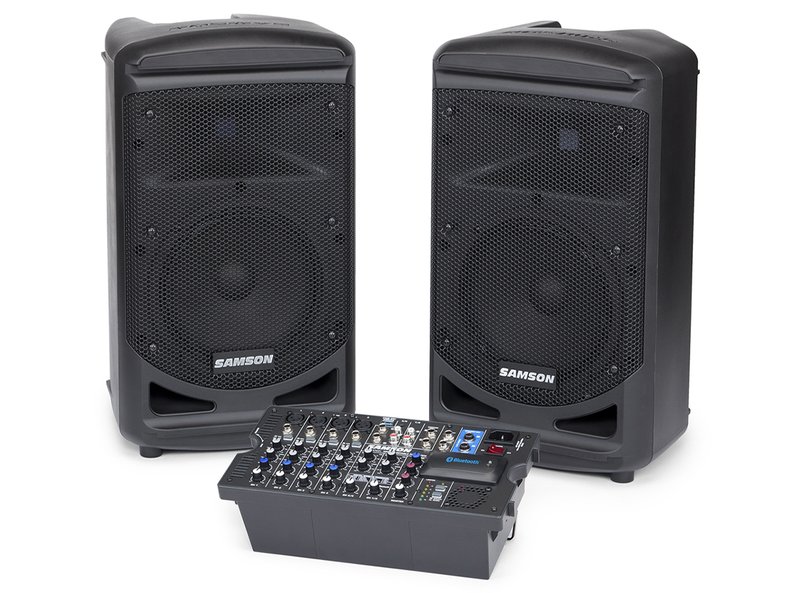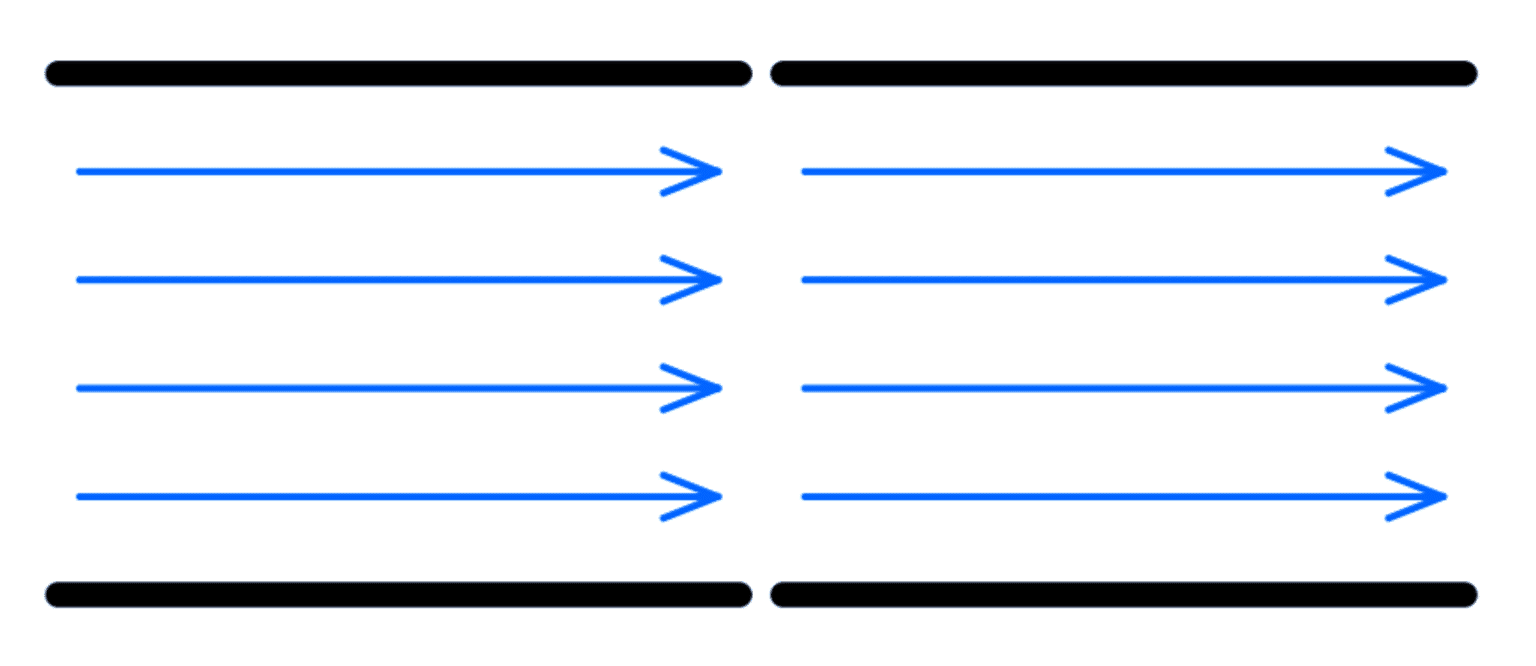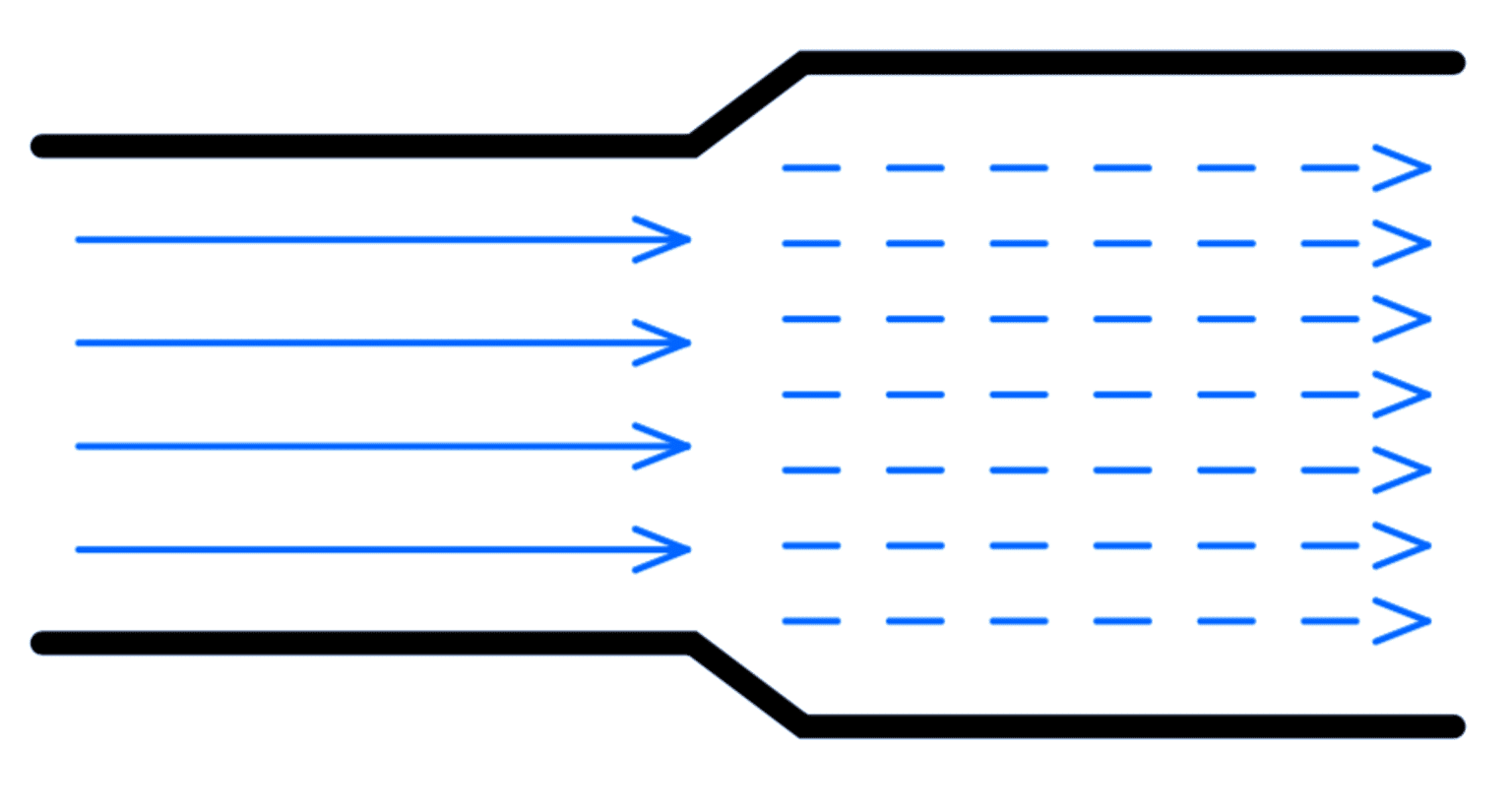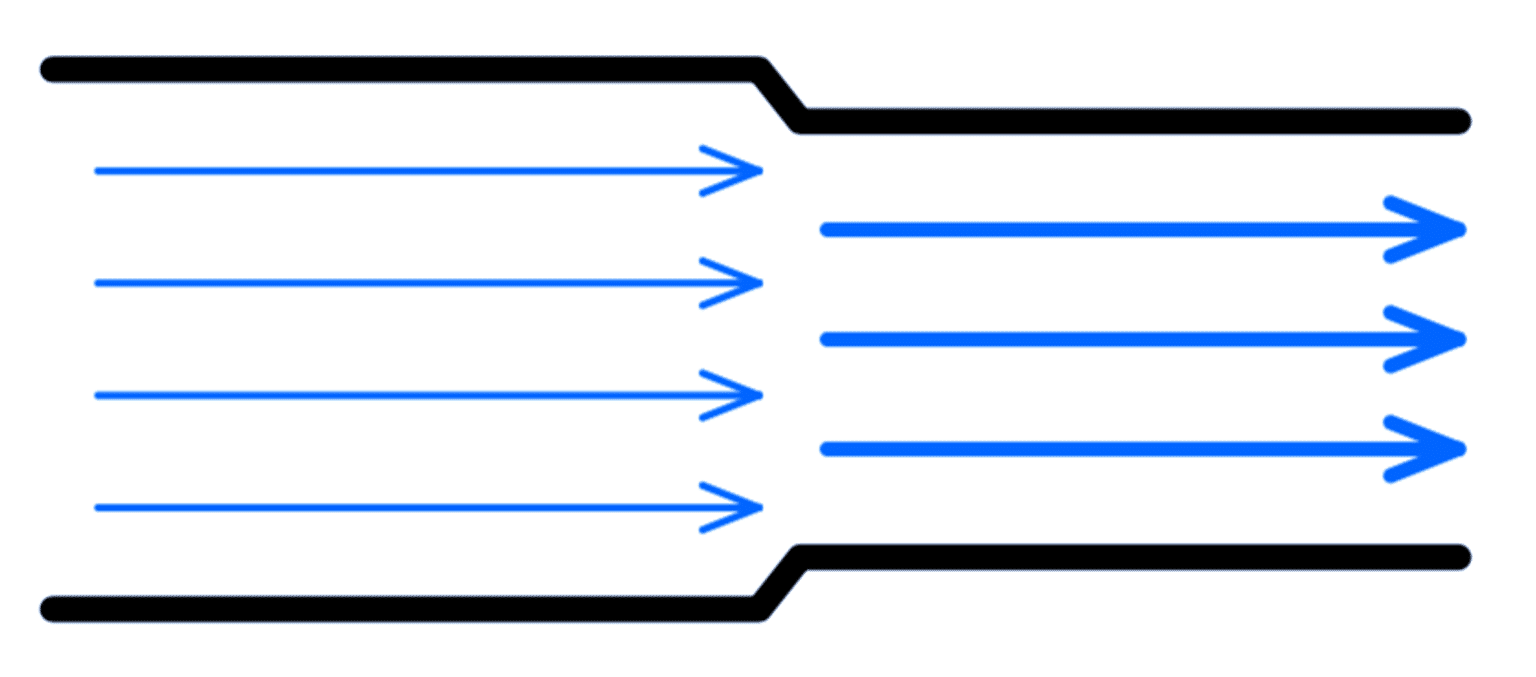What’s a Hi-Z input and why does it matter?
If you work with gear like audio interfaces, home studio mixers, or portable PA systems, you’ve probably seen input jacks marked Hi-Z. You might have heard of these Hi-Z inputs or seen them in spec sheets, and you might even know that the “Z” stands for “impedance”, so “Hi-Z” is short for “high impedance”.
You’d be right to assume that these special inputs must be useful and important, because so many different products have them. But what are they? For that matter, what the heck is impedance, anyway, and why are people making such a big deal about it?
In this article, we’ll boil down the physics and electrical engineering behind why Hi-Z inputs are so handy, skip all of the math, and lay things out in simple terms. Once we understand a little bit about what impedance is and how it works, we’ll immediately understand why having a Hi-Z input can be useful… and what it means to have a Hi-Z input whose Z isn’t all that hi.
Hi. High. Whatever. You get the idea. Let’s get started!
Impedance made easy (or if you prefer, Z made EZ)
When teaching about electricity for the first time, it’s common for science teachers to tell students to visualize the flow of electrons in a circuit as the flow of water through plumbing. You might remember this from school: think of the battery’s voltage as a water pump’s pressure, the current through the wire as the width of the pipe, and resistance as a crimp in the pipe. Right?
That’s actually a very good way to learn the basics of direct current (DC) circuits, and the analogy holds – even though the math gets quite a bit more complicated when we talk about audio signals represented as electricity. Because waveforms move up and down, above and below zero, that results in back-and-forth movement of electrons in the wire… in other words, alternating current (AC) – and AC circuits follow different rules than DC circuits do.
Impedance is a representation of how “difficult” it is for electricity to move around in a circuit, or a part of it. It includes resistance, which is all we see in DC circuits (the crimp in the pipe, remember?). But that’s not all: there’s also reactance, which includes capacitance and inductance.
Capacitors (“caps”) are used everywhere in audio gear for all kinds of reasons. A cap allows AC (electrons moving back and forth) but doesn’t allow DC (electrons moving in one direction) because there’s no actual physical wire in it: just a pair of charged plates with a a gap between them. Signals are created because the plates “talk” to each other through an electric field they create in the gap.
In audio gear, an inductor is usually a coil of wire around a core of a carefully chosen material. Here, it’s the magnetic field created by electrons moving back and forth in the coil that we find useful. That’s why you’ll find coils in things like transformers, speakers, headphones – and the big one for today’s discussion: guitar pickups.
Connecting this to that
In very simple terms, we can treat impedance in an AC circuit as we would treat resistance in a DC circuit, and our “water analogy” becomes a bit useful again.
Let’s start with a circuit (or a component of a circuit) that has electricity flowing through it. The number of electrons per second is the current, and the electromotive force pushing them forward (the “pressure” behind them) is the voltage. The circuit has a given output impedance related to the voltage and current. We’ll keep this the same in all of the examples below. Okay?
If we attach a circuit that has the exact same input impedance as the output impedance of our starter circuit, the flow of electrons doesn’t change. This is impedance matching, which is useful for certain types of audio connections.
If a circuit has a low input impedance, it means that it wants to see a lot of current flowing back and forth (lots of electrons moving, a nice wide pipe), but that means that for any given amount of energy put into the system, the voltage will be lower (less pressure in the pipe).
On the other hand, if a circuit has a high input impedance, then it passes a smaller amount of current (a narrower pipe) but the corresponding voltage is higher (more pressure in the pipe).
Both of these situations are useful in different applications. If we want a power amp to drive a speaker really hard, we match their impedances so the flow of current is the best it can be, and usually that means that the amp and cabinet have very low impedances, sometimes as low as 2 ohms (Ω) – and if you use the wrong kind of cable to connect them, it’ll melt.
On the other hand, think of a passive guitar pickup. It has to create a signal without any batteries or outside help – the only energy input it gets is the guitarist plucking a string, making the string vibrate, which creates a tiny amount of current in the pickup coil. If we want it to communicate the biggest, cleanest possible waveform (the highest voltage swings), we need to use that tiny amount of power to move practically no current from the guitar to the outside world. Therefore, we really want whatever is listening to the guitar to have an input impedance that’s many times the output impedance of the pickup, which itself can be quite large. In other words, a Hi-Z input!
This is particularly important for guitars because – avoiding the math again – impedance changes with the frequency of the signal. As the pickup signal goes through the guitar’s volume and tone controls, then down a cable, the various impedances it encounters gradually eat away at its signal – starting with the highest frequencies. That’s why guitarists avoid really long cables: as cables get longer, the sound gets duller. A Hi-Z input minimizes this kind of “tone suck”.
Hi-Z inputs in the musician’s world
There are lots of ways for a guitar signal to get where it’s going with minimal harm to its tone. In pro audio, a direct injection box (usually called a direct box or DI) turns a signal from a device with a high impedance into one with a low impedance. These signals are tiny but can travel a very long way – as long as noise can be kept out of them. That’s a topic for another article, where we’ll go into direct boxes in more detail.
A Hi-Z input is designed to get a guitar signal out of the cable and into your gear with the least possible damage, and without the need for a DI. Any time a piece of audio gear wants you to be able to plug in and play your guitar or bass with no fuss, it’ll give you a Hi-Z input.

One great example is the Samson Expedition XP800 portable PA system. Its powered mixer offers a Hi-Z input so a guitarist can plug in directly from their pedalboard (or perhaps the pickup built into an acoustic/electric guitar) and get great sound through the PA with no fuss.

When a USB audio interface is intended to allow a performer to record a guitar directly into a computer, a Hi-Z output is really handy, especially if the guitarist plans to use the computer’s software for effects and so on. The Samson G-Track Pro provides a Hi-Z input right on the mic, allowing a musician to record vocals and guitar at once.

However, there’s one more place where you might not think about a Hi-Z input, but which is critical for many guitarists: wireless guitar transmitters. If the transmitter you plug into your guitar has a low input impedance, you’ll never recapture your tone, no matter what kind of a pedalboard the receiver may be feeding. That’s why Samson’s AirLine 88x AG8, Concert 88x and Concert 99 guitar wireless systems come equipped with a Hi-Z input on the transmitter.





